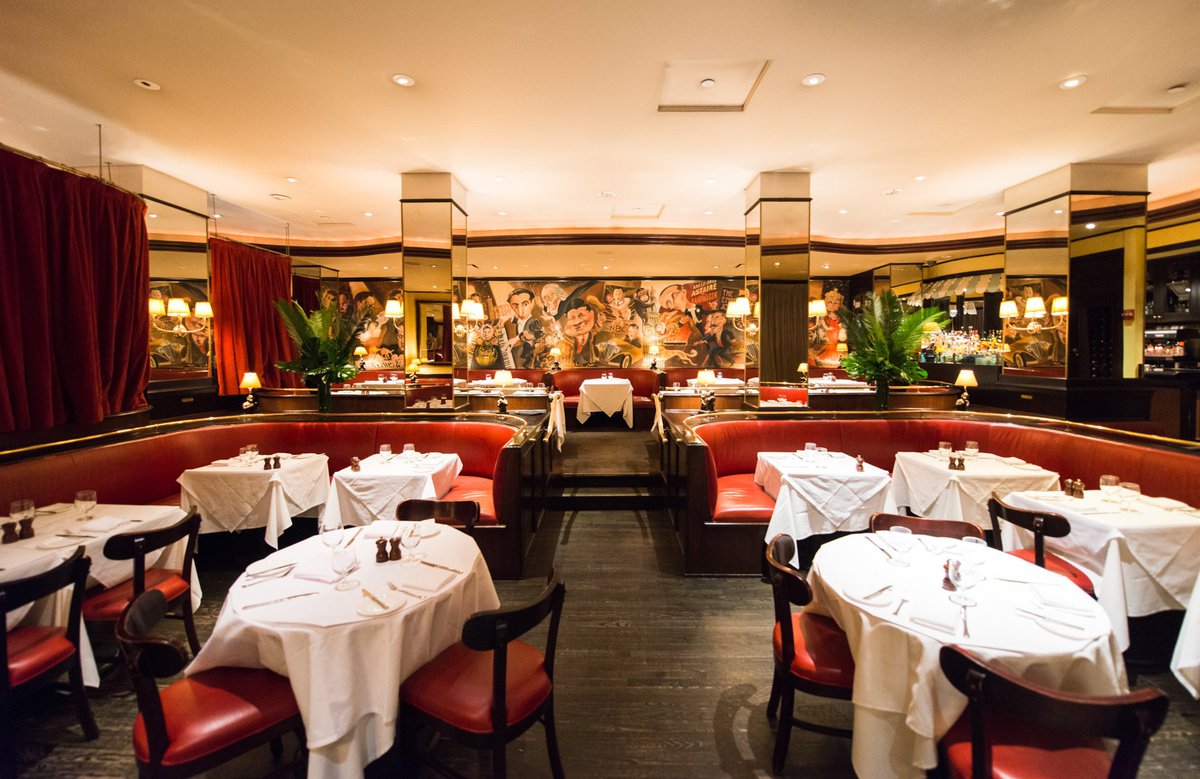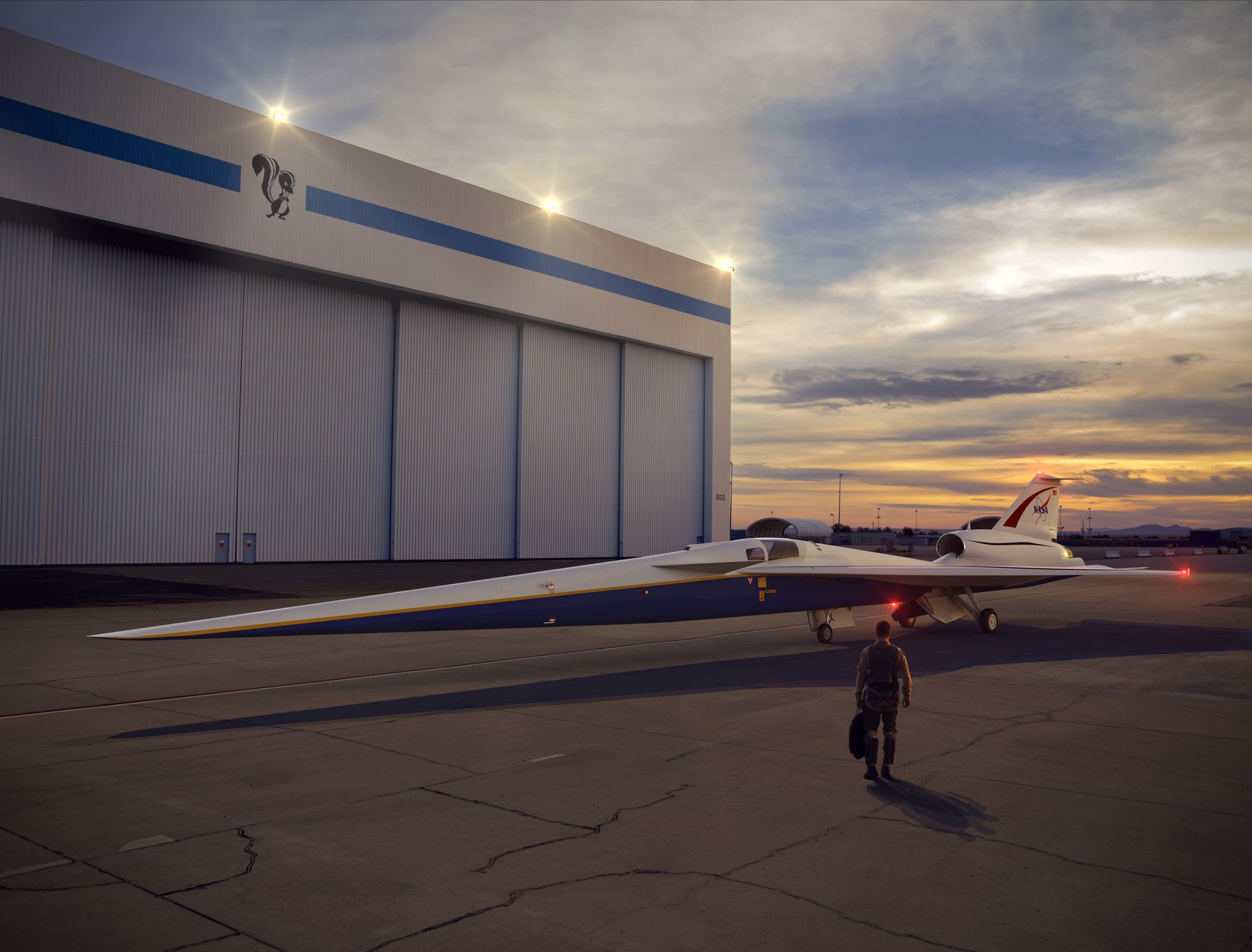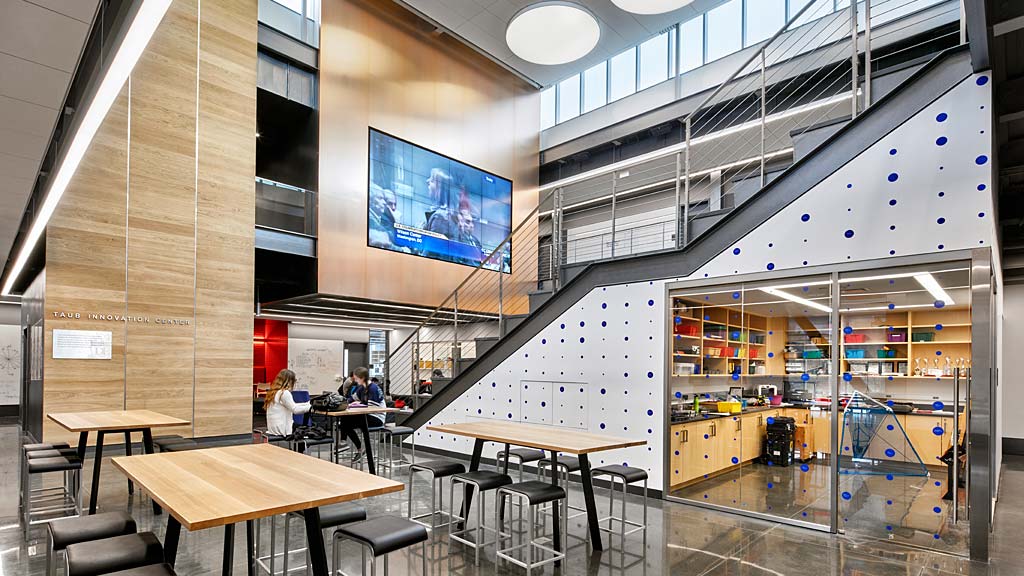We are often asked to help find ways to improve acoustics and reduce crowd noise in restaurants, but when it comes to implementing them the disruption can be hard for an operator to accommodate. Even simple changes to ceiling finishes can mean a day or more of lost dining room revenue, in a business already on thin margins typical for NYC and other expensive places.
During COVID, we noticed that the restaurants that were fortunate enough to be breaking even with delivery and outdoor dining found themselves with once-busy dining rooms that were largely going unused. It’s a perfect opportunity to make what might have otherwise been disruptive changes to an interior, in anticipation of packed crowds returning once again. Carefully analyzed and thoughtfully implemented, good restaurant acoustics can allow diners to converse in a lively environment, without subjecting them to either an ear-splitting racket or an overly-deadened hush.




